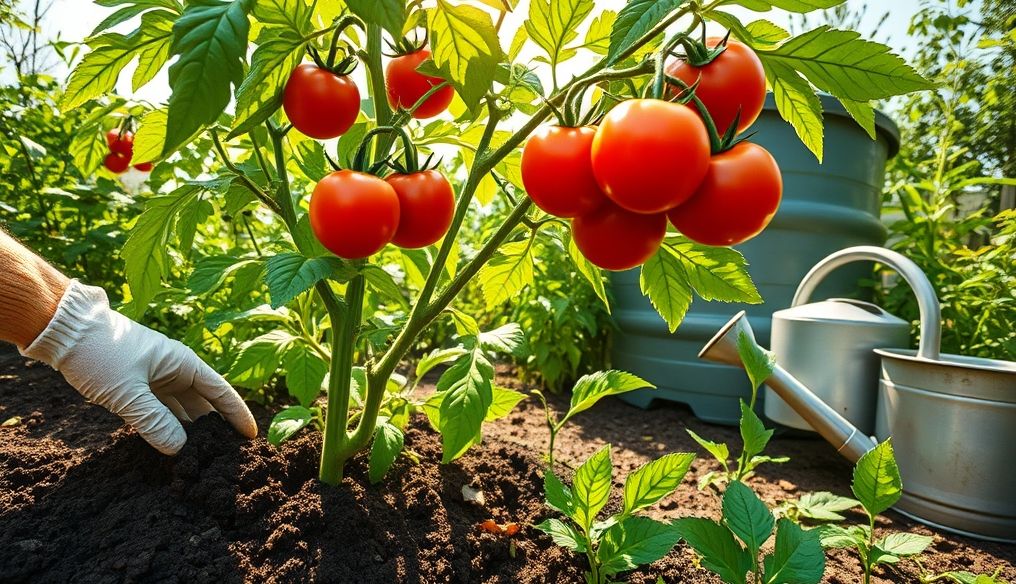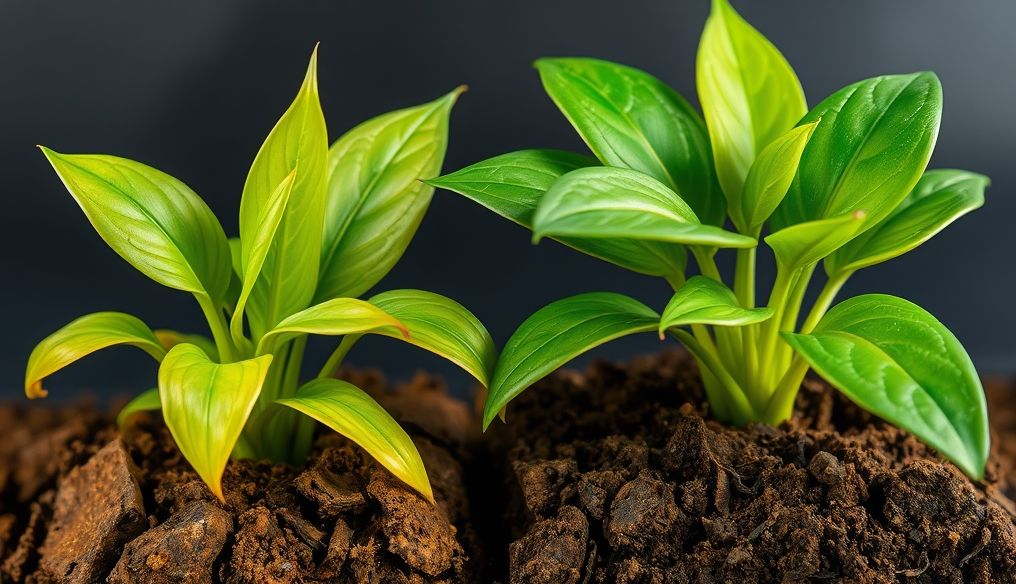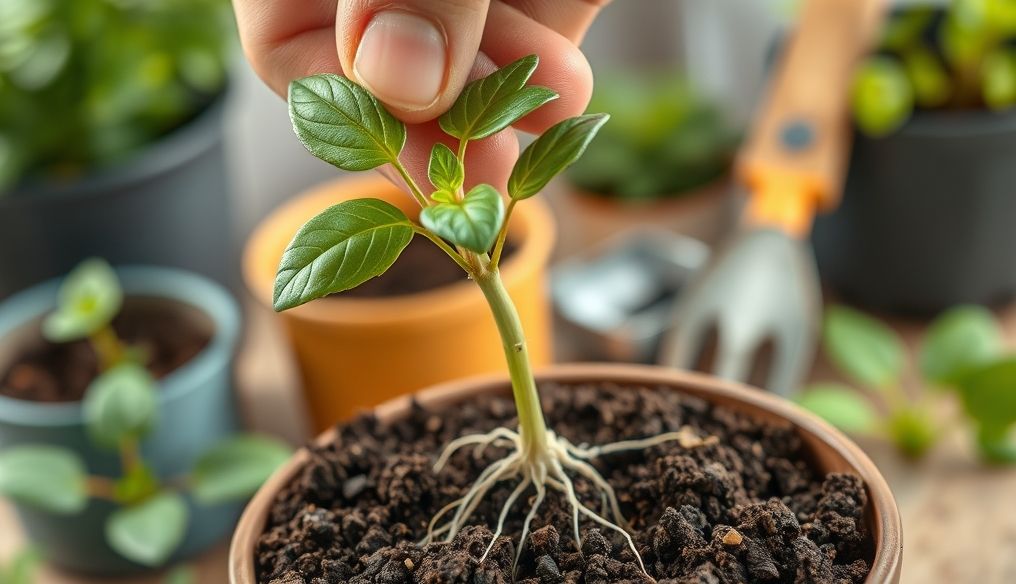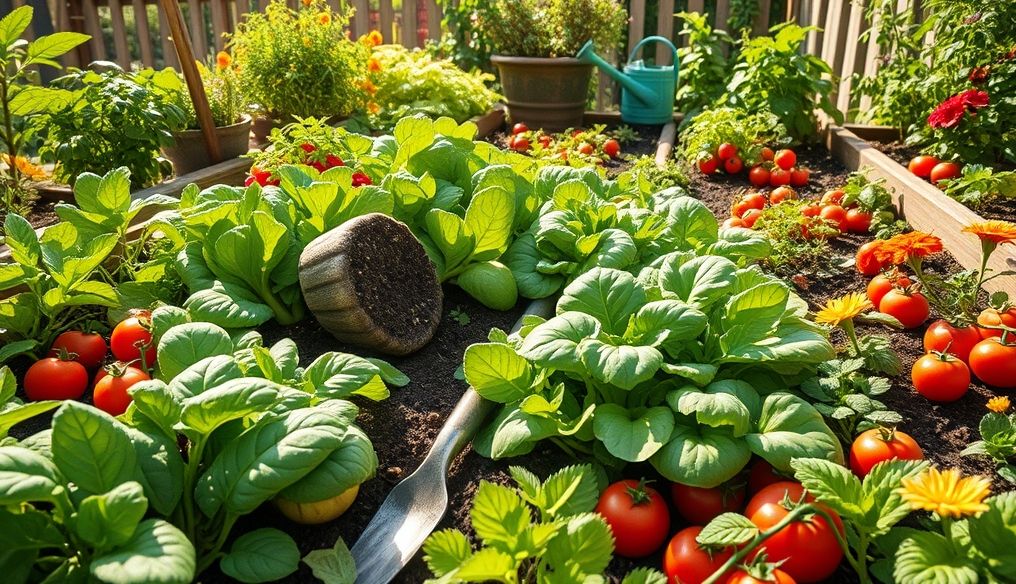Are Chemical Fertilizers Really Harmful? What are the Safest Natural Alternatives?
Chemical fertilizers, or synthetic fertilizers, are chemical compounds designed to provide essential nutrients that plants need to grow, such as nitrogen, phosphorus, and potassium (NPK). These fertilizers have revolutionized agriculture, leading to a significant increase in agricultural productivity worldwide. However, their intensive use has raised serious concerns about their potential negative impacts on the environment and human health.
Chapter 1: Chemical Fertilizers - Benefits and Risks
Apparent Benefits of Chemical Fertilizers
- Increased Agricultural Productivity: Chemical fertilizers provide the nutrients needed for plant growth in concentrated amounts, leading to a significant increase in crop yields.
- Ease of Use: Chemical fertilizers are available in various forms (solid, liquid, gaseous) and can be easily applied to the soil.
- Cost Savings (Apparent): In some cases, chemical fertilizers may be cheaper than natural alternatives in the short term.
- Specific Formulations: Chemical fertilizers can be formulated to meet the specific nutritional needs of different types of plants.
Hidden Risks of Chemical Fertilizers
Despite the apparent benefits, the use of chemical fertilizers carries many risks:
- Water Pollution: Chemical fertilizers can leach into groundwater and surface water sources, leading to their contamination with nitrates and phosphates. This pollution can cause eutrophication in water bodies, leading to harmful algal blooms and oxygen depletion, harming aquatic life.
- Soil Degradation: Excessive use of chemical fertilizers can alter the soil composition and reduce its long-term fertility. It can lead to increased soil acidity and destruction of beneficial microorganisms that live in it.
- Health Effects: Nitrates can accumulate in plants, and if consumed in large quantities, they can be converted to nitrite in the body, which can affect the blood's ability to carry oxygen, especially in children. Some chemical fertilizers may contain heavy metals such as cadmium, which can accumulate in the soil and plants and pose a health risk.
- Impacts on Biodiversity: The use of chemical fertilizers can alter the ecological balance in agricultural areas, affecting insects, birds, and other organisms that depend on plant diversity.
- Greenhouse Gas Emissions: The production of chemical fertilizers consumes large amounts of energy, leading to greenhouse gas emissions. In addition, the use of nitrogen fertilizers can release nitrous oxide, a potent greenhouse gas.
Chapter 2: Natural Alternatives to Chemical Fertilizers - Sustainable Solutions
Fortunately, there are many natural alternatives to chemical fertilizers that can provide the nutrients needed for plants while reducing the negative environmental impact.
Types of Natural Alternatives
- Compost: Compost is a nutrient-rich material produced by the decomposition of organic matter such as food scraps, leaves, and animal manure. Compost is one of the best natural alternatives to chemical fertilizers, as it improves soil fertility and water retention, and reduces the need for chemical fertilizers.
- Green Manure: Green manure is the practice of planting certain crops, such as legumes, and then plowing them into the soil before planting the main crop. This process helps improve soil fertility and increase its nitrogen content.
- Animal Manure: Animal manure, such as cow, chicken, and sheep manure, is a rich source of essential nutrients for plants. Manure must be properly treated before use to avoid the spread of disease.
- Biofertilizers: Biofertilizers are products containing beneficial microorganisms, such as bacteria and fungi, that help plants absorb nutrients from the soil. Biofertilizers include nitrogen fixers and mycorrhizal fungi.
- Wood Ash: Wood ash is a good source of potassium, calcium, and many other nutrients. It can be used as a natural fertilizer for the soil, but it should be used with caution to avoid increasing the alkalinity of the soil.
- Seaweed Extracts: Seaweed contains a wide range of nutrients and bioactive compounds that can promote plant growth and improve disease resistance.
Chapter 3: Compost - A Treasure for Gardens and Farms
Composting is the process of converting organic materials into a nutrient-rich substance that can be used to improve soil fertility. Any biodegradable organic material can be converted into compost, including food scraps, leaves, grass clippings, and animal manure. The decomposition process is carried out by microorganisms, such as bacteria and fungi, which break down organic matter and convert it into nutrient-rich compost.
Benefits of Using Compost
- Improve Soil Fertility: Compost increases the soil's organic matter content, improving its structure and ability to retain water and nutrients.
- Provide Nutrients: Compost provides the essential nutrients that plants need to grow, such as nitrogen, phosphorus, and potassium.
- Improve Drainage: Compost helps improve soil drainage, reducing the risk of root rot.
- Increase Soil Biodiversity: Compost provides a suitable environment for the growth of beneficial microorganisms in the soil, increasing its biodiversity.
- Reduce the Need for Chemical Fertilizers: The use of compost can reduce the need for chemical fertilizers, reducing the negative environmental impact of agriculture.
How to Make Compost
Compost can be easily made at home using a compost pile or compost bin. The process involves collecting organic materials, such as food scraps, leaves, and grass clippings, and placing them in the pile or bin. The organic materials should be turned regularly to maintain adequate moisture and aeration. It takes several months to convert organic materials into compost, depending on the climatic conditions and the type of organic materials used.
Chapter 4: Biofertilizers - The Power of Microorganisms
Biofertilizers are products containing beneficial microorganisms, such as bacteria and fungi, that help plants absorb nutrients from the soil. These microorganisms improve soil fertility and promote plant growth in various ways.
Types of Biofertilizers
- Nitrogen-fixing bacteria: These bacteria are able to convert atmospheric nitrogen into a form that plants can use. Some of these bacteria live freely in the soil, while others live in a symbiotic relationship with plant roots, such as legumes.
- Mycorrhizae: These fungi live in a symbiotic relationship with plant roots, helping plants absorb water and nutrients from the soil, especially phosphorus.
- Phosphate-solubilizing bacteria: These bacteria are able to dissolve insoluble phosphate in the soil, making it available to plants.
Benefits of Using Biofertilizers
- Improve Nutrient Absorption: Biofertilizers help plants absorb nutrients from the soil more efficiently.
- Improve Plant Disease Resistance: Biofertilizers can help plants resist diseases and pests.
- Improve Soil Fertility: Biofertilizers contribute to improving soil fertility and increasing its organic matter content.
- Reduce the Need for Chemical Fertilizers: The use of biofertilizers can reduce the need for chemical fertilizers.
Chapter 5: Green Manure - Planting for the Soil
Green manure is the practice of planting certain crops, such as legumes, and then plowing them into the soil before planting the main crop. This process helps improve soil fertility and increase its nitrogen content. Legumes are among the best crops used as green manure, as they are able to fix atmospheric nitrogen in the soil.
Benefits of Using Green Manure
- Increase Soil Nitrogen Content: Legumes help increase the soil's nitrogen content, an essential nutrient for plant growth.
- Improve Soil Structure: The roots of crops used as green manure help improve soil structure and facilitate the penetration of water and air.
- Reduce Soil Erosion: Crops used as green manure help protect the soil from erosion.
- Suppress Weeds: Crops used as green manure can help suppress weed growth.
Chapter 6: Wood Ash - A Natural Source of Potassium
Wood ash is a good source of potassium, calcium, and many other nutrients. It can be used as a natural fertilizer for the soil, but it should be used with caution to avoid increasing the alkalinity of the soil. Only wood ash from burning natural wood should be used, and avoid using wood ash from burning treated or painted wood.
Benefits of Using Wood Ash
- Provide Potassium: Wood ash provides potassium, an essential nutrient for plant growth.
- Provide Calcium: Wood ash provides calcium, an important nutrient for root growth and strengthening plant cell walls.
- Adjust Soil Acidity: Wood ash can help adjust soil acidity and raise the pH in acidic soils.
Chapter 7: Seaweed Extracts - A Natural Growth Stimulant
Seaweed contains a wide range of nutrients and bioactive compounds that can promote plant growth and improve disease resistance. Seaweed extracts can be used as a foliar fertilizer or as a soil treatment.
Benefits of Using Seaweed Extracts
- Improve Plant Growth: Seaweed extracts can promote plant growth and increase crop productivity.
- Improve Plant Disease Resistance: Seaweed extracts can help plants resist diseases and pests.
- Improve Crop Quality: Seaweed extracts can improve crop quality and increase their vitamin and mineral content.
Chapter 8: Towards Sustainable Agriculture
The transition to using natural alternatives to chemical fertilizers is a crucial step towards achieving sustainable agriculture. By adopting these practices, we can protect the environment and human health, and ensure sustainable food production for future generations. This transition requires a change in thinking and agricultural practices, and a commitment to developing and implementing environmentally friendly agricultural strategies.
Overuse of chemical fertilizers harms soil, water, and human health. Natural alternatives offer a more sustainable solution. Let's work together for a better agricultural future!




